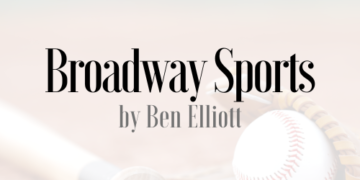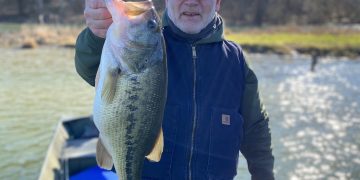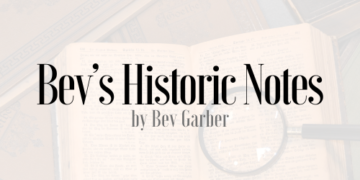What is needle felting? It is NOT, needle point, Russian needle punch, or any of the other needle arts you might be familiar with.
Rising in popularity over the last few years, needle felting has become an art. It was originally invented in the 1800s, or possibly even before, when an industrial method was developed to make use of shredded old wool garments to make batting and insulation – early recycling. Items such as the layer under carpets, furniture pads, and possibly even the covering on the tennis ball. Research indicates that wool felt is thought to have originated about 5,000 years ago, making it one of the world’s oldest known textiles.
Wool fiber from sheep is primarily used. Their “fur” has tiny scales, when wet, or punched with a special barbed needle, make the sheep wool fibers adhere to each other, creating a new shape. Remember that wool sweater that you washed, and accidentally put in the dryer? When it shrunk, you just wet felted, and you didn’t even know it! Needle felting is the dry method of adhering, or combining and compressing those wool pieces together in a purposeful and artful way. As I tell my students, it is using a hank of wool and needle- taking nothing and making it into something! You are stabbing to life a simple strip of wool, creating whatever you desire.
The main fiber used in needle felting art is sheep wool because of its special properties, but it can be combined with mohair, alpaca, llama, yak, bison, camel, silk, even dog, cat, and horse hair!
Raw locks from shorn sheep of varying breeds are cleaned and processed into roving or batts (batts are found in blankets and quilts). If you have ever felt sheep wool, it has a greasy feel, because of the lanolin on it. When processed, the lanolin is removed. The wool can also be dyed in any color, be carded or combed to blend colors and types of wool. People who say they cannot wear wool, because it itches, don’t usually have a problem handling wool for felting projects. It is not itchy. Most quality core wool or wool roving is actually quite soft to the touch.
The needles used come in many different “gauges” for different results in felting the wool. The gauge number indicates the diameter of the needle. The higher the number, the finer the needle. There are sturdier needles for courser work, needles for surface work and fine detail, and reverse needles for pulling fiber out to create a furry surface. There are spiral needles, star felting needles, and triangular needles, each created with a specific use in mind. Felting can be done with a single needle, or a pen or handle in which you can attach multiple needles. There are also felting machines, very similar to a home sewing machine, for ease in creating one dimensional art or landscape pieces.
There are as many types of wool as there are breeds of sheep. The wools range from long staple fibers to short, natural curls to processed straight – soft silky merino, tight tiny baby curls, long artsy locks of Jacob or double coated Icelandic sheep. Intriguing sheep breed names like Kartner Eyeglass, Border Leicester, Blue Faced Leicester, Romney, Coopworth, Wensleydale, Swedish Rye, Lincoln, Gotland, and many more, make up the vast array and types of wools available for all types of needle felting. Shearing sheep does not hurt them, so people who prefer using man made over animal products needn’t worry about animals being hurt in the process. Synthetic wools can be used, but are more difficult to create with, not having the fiber scales of real sheep wool.
There are also wet felting techniques, ranging from the basic wet felting, nuno felting, and resist felting.
I practice the art of dry felting with a range of special needles- creating 1, 2, and 3 dimensional art. Classes are offered even if you have never picked up a felting needle before or have never even heard of needle felting. If you feel you don’t have a creative bone in your body, stabbing that wool into shape is both therapeutic and satisfying. There is no wrong result, everyone’s effort results in something different and uniquely their own. There is always a class sample to refer to, but your end creation is uniquely your own! Practice, of course, will result in a more refined piece. We are all always striving toward that.
In recent years, needle felting has risen in popularity as an art form. Looking online, you can find a myriad of tutorials, vendors, and supplies. There are some fiber artists in Europe and Japan who are exceptional, creating wool art that is so lifelike, that we can only stare in amazement, and ask how DID they do that?
Practice makes perfect, as they say, and along the way, you will learn the different types of wools and the sheep they come from, the different types of needles, and the best sources for the best quality of wool. All needle felting is worked on using a foam or wool mat, a special felting brush, or a rice filled bag. It is all a matter of preference.
If you think you would like to explore the art of needle felting, classes are offered at J&B Country Store 2 or 3 times a month, starting up again in September. Classes are limited to 6 students and fill quickly. Saturday CreativiTEAs include all supplies needed for the class, plus lunch from Momma Bare’s Café.
Call 540-896-2880 to reserve your spot in a class, or drop by to pick up a class schedule. No previous needle felting experience required.



































